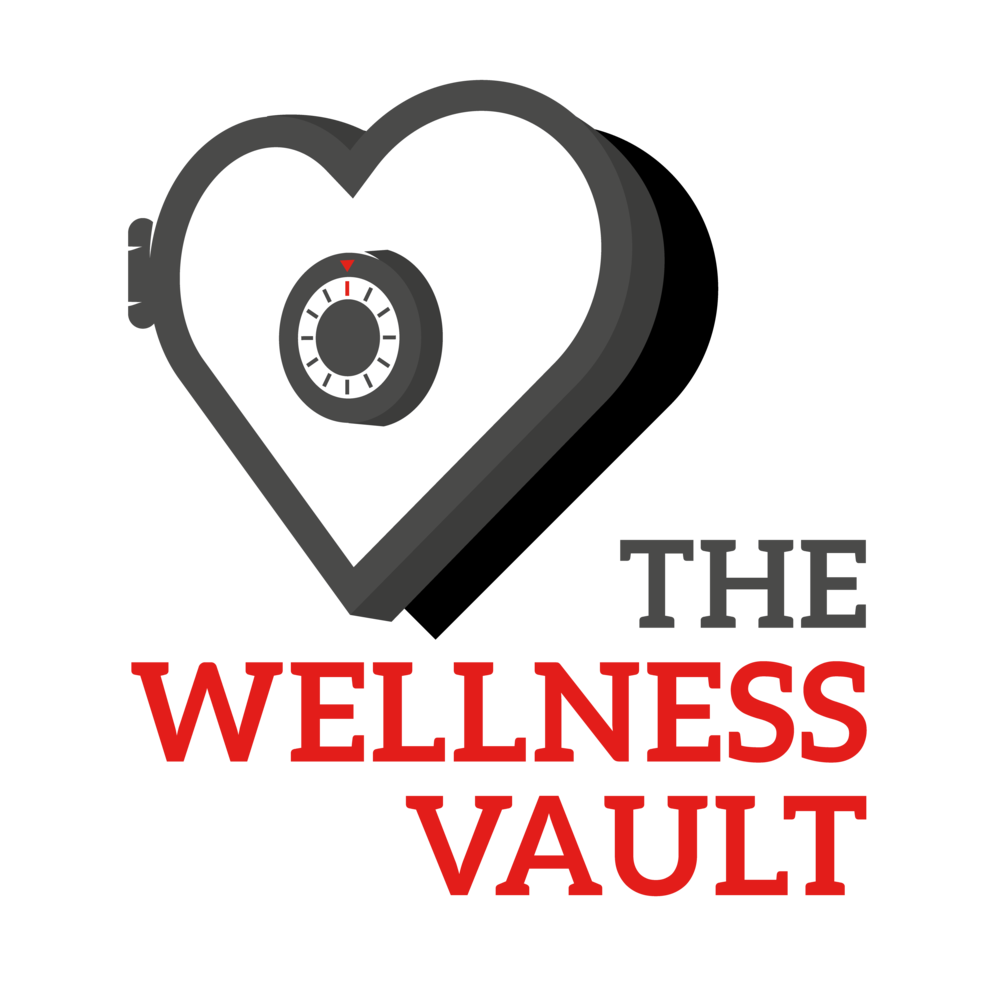


The Gluteus Minimus is one of the muscles of the Glutes. Learn more about the Gluteus Minimus including its function, and what pain in this area may mean.
The Gluteus Medius is one of the muscles that comprise the glutes. Learn more about the importance of the Gluteus Medius, including ways to strengthen and stretch the muscle, and what pain in this area could mean.

The Pectineus is an adductor that is located in the anterior and medial compartments of the thigh. Learn more about this muscle including ways you can strengthen it, and what types of athletes are more susceptible to Pectineus injury.
The Semitendinosus is one of the muscles of the Hamstring. Learn more about the Semitendinosus’ role including its function, location and exercises to engage the muscle.
The Vastus Intermedius is one of the muscles of the Quadriceps that help to extend the knee. Learn more about this muscle including exercise and stretches.
The Biceps Femoris is an important part of the Hamstrings. What makes the Biceps Femoris different than the other muscles of the Hamstrings, is that the muscle has two heads, a short head, and a long head.
The Gracilis muscle is located in the inner thigh and is part of the adductor muscle groups. Learn more about the function of the Gracilis muscle, as well as exercises and stretches that you can perform to strengthen the muscle.
The Sartorius is an important muscle in the anterior leg that contributes to many movements. Learn more about the Sartorius include exercises and stretches to strengthen the muscle.
The Adductor Magnus is the largest and most powerful adductor of the medial thigh. Learn more about this muscle including what makes it different from the other adductors of the leg, and how you can strengthen the Adductor Magnus.
The Adductor Longus is one of the adductors of the thigh. Learn more about this muscle including its function and how you can strengthen the Adductor Longus.
The Adductor Brevis is one of the adductors of the Thigh. Learn more about this muscle including the movements it is involved in, as well as how you can stretch and strengthen the Adductor Brevis.
The Tensor Fasciae Latae is a small muscle at the top of the thigh. Learn more about the Tensor Fasciae Latae including its function and what causes pain in the muscle.
The Semimembranosus is one of the muscles of the Hamstrings. Learn more about what pain in the Semimembranosus can mean, and exercises and stretches that will activate the muscle.
The Rectus Femoris is one of the four muscles that are part of the Quadriceps. Learn more about the function of the Rectus Femoris, as well as what pain can mean and exercises to strengthen the muscle.
The Vastus Lateralis is the largest of the muscles that form the Quadriceps. Learn more about the Vastus Lateralis including its function, exercises and stretches.

The Obturator Externus is a small muscle in the hip that functions to increase stability and externally rotate the Femur. Learn more about the Obturator Externus including if you are likely to injury this muscle.
The Obturator Internus is located deep within the hip. This small but mighty muscle helps us to perform our most basic activities of daily living. Learn more about the Obturator Internus including how to stretch and release this muscle.
The Psoas Major plays an important role in the extension of the trunk and the hip. Learn more about the the psoas mayor function and exercises.
The Iliacus joins with the Psoas Major to form the Iliopsoas. The Iliacus is a key muscle in the hips that helps to perform many functions. Learn more about the Iliacus including what clicking in the hip can mean, and exercises to strengthen the Iliacus.
The Psoas Minor is a long, flat skeletal muscle that helps to flex the spine. Learn more about the Psoas Minor including exercises and stretches to help strengthen the muscle.

The Tibialis Posterior is an important muscle to help support our feet! A healthy Tibialis Anterior Tendon is required to ensure that we do not suffer from flat feet. Learn more about what Tibialis Posterior Dysfunction means, and the steps you can take to avoid painful symptoms.

The Transverse Abdominis is one of the muscles in the core that helps to stabilize the spine during movement. Learn more about the Transverse Abdominis such as exercises and stretches that you can do to strengthen the muscle and prepare it for movement.
The Rectus Abdominis is one of the muscles of the core that is involved in many movements. Learn more about the function of the Rectus Abdominis, and exercises and stretches that will engage the muscle.
As part of the Abdominal muscles, the Internal Oblique helps you to bend sideways and rotate. Learn more about the Internal Oblique and how it is similar to the External Oblique.

The anterior deltoid is the front shoulder muscle and is one of the three heads of the deltoids. The others being the lateral and posterior heads. The anterior deltoid serves to raise the arm up overhead and is a prime mover in vertical pushing motions.
The Medial Deltoid is one of three muscles that make up the Deltoid. Learn more about this muscle including its function and ways you can stretch and increase its strength.

The Teres Major and Teres Minor are important muscles in the upper body that are often overlooked. Learn more about their differences, function, and why it is important to rest these muscles if you participate in overhead sports!
The Subscapularis is one of the muscles of the rotator cuff that performs internal rotation of the arm. Learn more about the Subscapularis including how to strengthen and stretch the muscle.
The Infraspinatus is one of the muscles of the Rotator Cuff. Learn more about this muscle including what different types of pain can mean, and how to treat it.

The pectoralis major also known as the pecs is a large muscle that spans across your chest. In this article, we’ll be breaking down the anatomy, functions, exercises, stretches pain and injuries of the pectoralis major.
The Subclavius is a small muscle at the top of the chest. It helps to stabilize the Clavicle as the Shoulder goes through movement. Learn more about the Subclavius and how you can stretch the muscle.
The pectoralis minor is a triangle-shaped muscle found underneath the pectoralis major. Although it’s such a small muscle it can be the source of various injuries and dysfunction within the shoulder complex.

Discover the top dumbbell back exercises for a stronger, healthier back. Learn more today and step up your fitness game with these effective back exercises using dumbbells.
The Trapezius muscle also known as the traps is a large superficial muscle located on the upper back and neck. The trapezius functions to move the neck and scapula in multiple directions.
The latissimus dorsi is the largest and longest spanning muscles in the upper body with several unique functions. In this article. we will break down everything you need to know about the latissimus dorsi.
The Thoracolumbar Fascia is located in the lower back and serves man important functions. Learn more about the Thoracolumbar Fascia including what different types of symptoms and pain can mean, and how to strengthen the Thoracolumbar Fascia.
The Dumbbell Reverse Fly is a great exercise to target the shoulder and upper back. Learn more about the benefits of performing the Dumbbell Reverse Fly, as well as which muscles are engaged during the movement.
The Multifidus is a muscle that runs along both sides of the spine. Learn more about the Multifidus, including its origin and insertion points, and how you can strengthen the muscle.
The Erector Spinae is a group of muscles that help to laterally bend and straighten the spine. Learn more about the anatomy of the muscle group, how to avoid injury and specific exercises and stretches to maintain muscle health.

The Brachialis is one of the three major elbow flexors and one of the largest muscles in the arms. The Brachialis muscle serves as the main elbow flexor and is located underneath the Biceps Brachii.
The Pronator Teres is a muscle that belongs to the Superficial Flexors of the forearm. Learn all about the Pronator Teres including its function, action and how you can stretch and strengthen the muscle.
The Anconeus is a small triangle shaped muscle located by the elbow. Learn more about the Anconeus including its function, innervation, and exercises to help strengthen the muscle.
If you are drinking coffee from a mug, you are using your Brachioradialis to lift the mug to your face. The Brachioradialis is a flexor of the forearm that assists in pronation and supination. Learn more about this muscle including how to stretch and strengthen it.
The Coracobrachialis is a small muscle in the upper arm that has a big impact! Learn more about the Coracobrachialis including is function and exercises you can perform to strengthen the muscle.
The Biceps Brachii is an important muscle in the upper arm. Learn more about this muscle, including the details of its action and how to strengthen the Biceps Brachii.

The Masseter is the strongest muscle in the body! Learn more about the function of the Masseter, as well as if the Masseter is the source of pain in your face, and what you can do about it.
The Splenius Capitis and Splenius Cervicis are two muscles in the back of the neck that can become problematic if they are not functioning correctly. Learn more about these two muscles that have the same function, and where your headaches can be coming from!
The Scalenes are three muscles that run down the sides of your neck. Learn more about this muscle include it important functions and way you can stretch the Scalenes.
The Sternocleidomastoid is an important muscle in the neck that is responsible for many movements. However, when there is pain in this muscle, it can be debilitating. Learn more about what causes pain in the Sternocleidomastoid and stretches and exercises you can do to help.
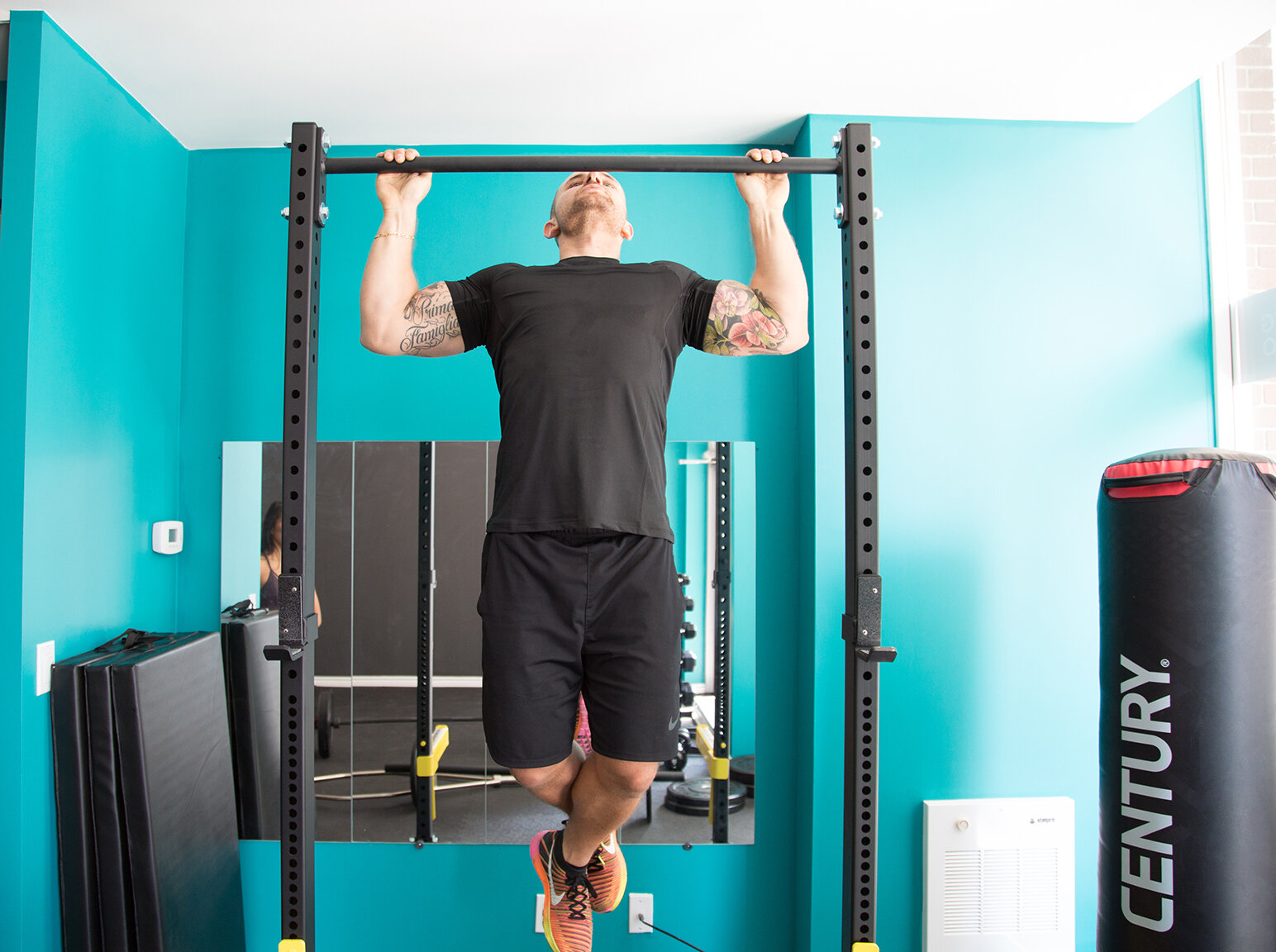

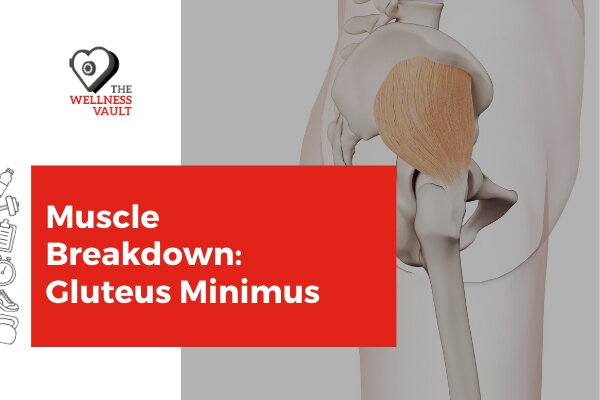
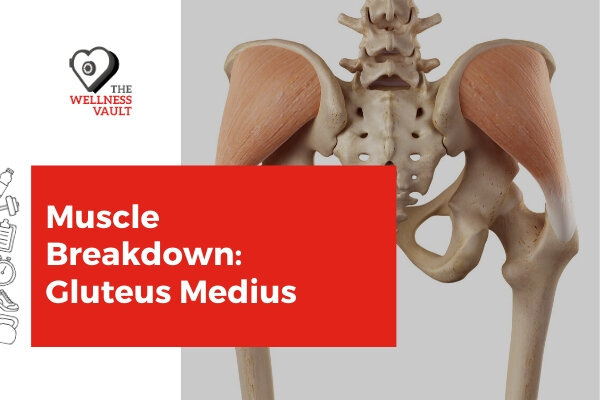

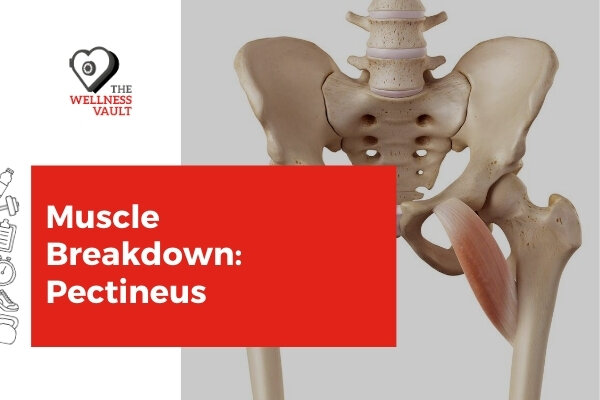
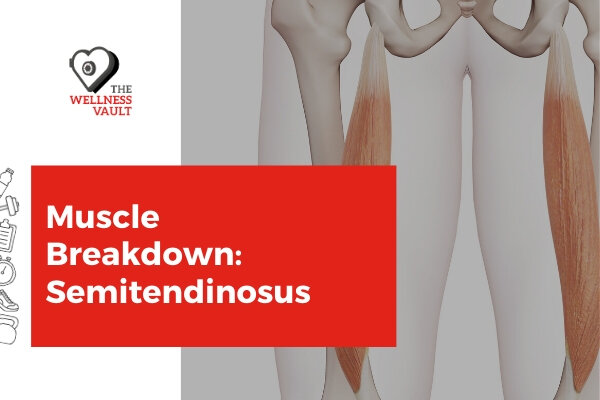
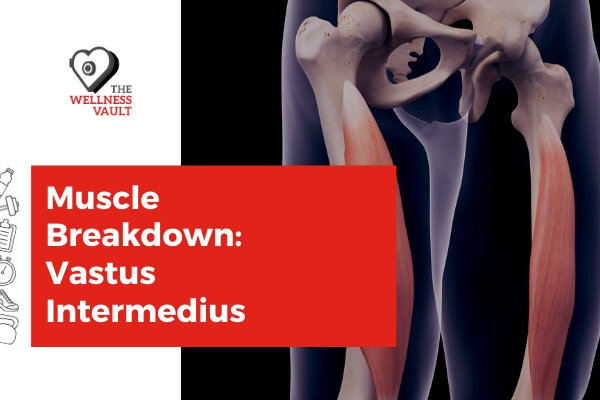
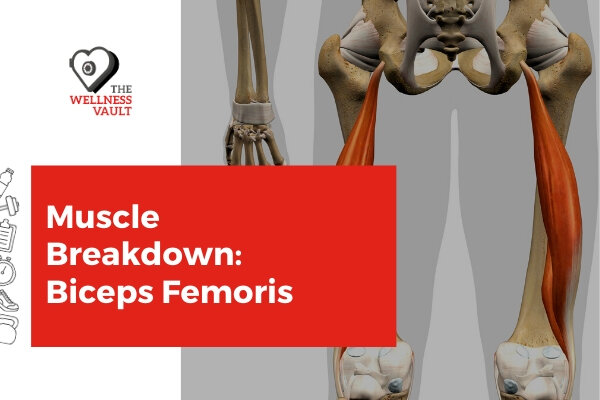
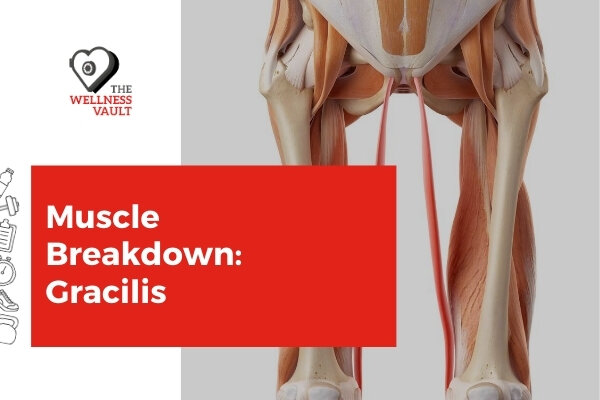

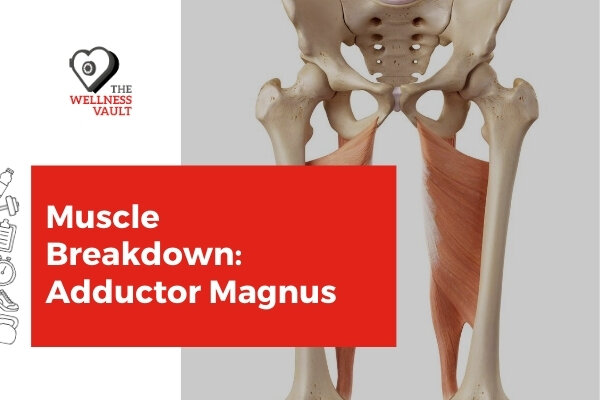
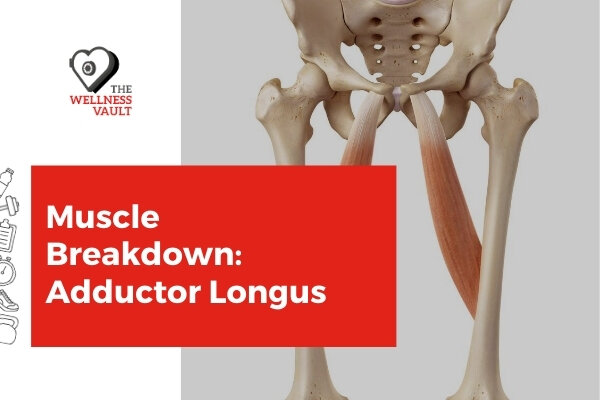
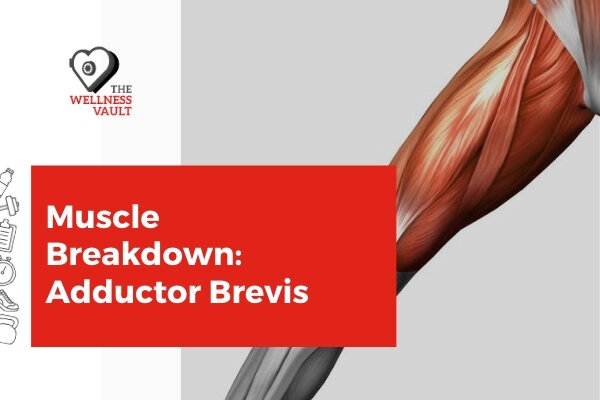

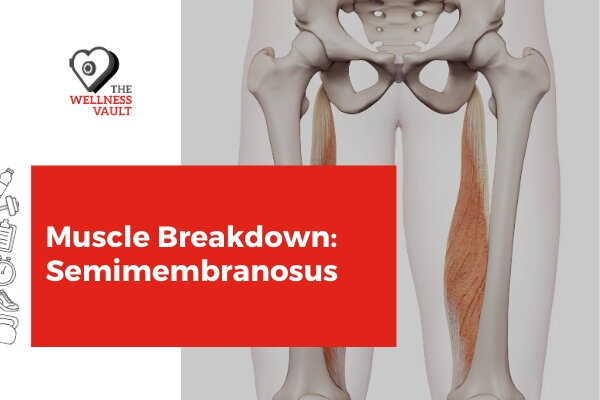
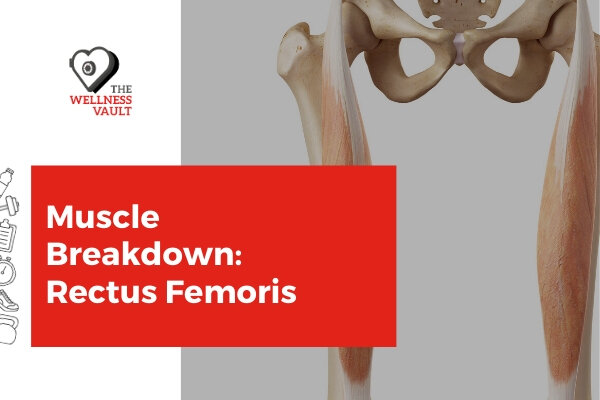

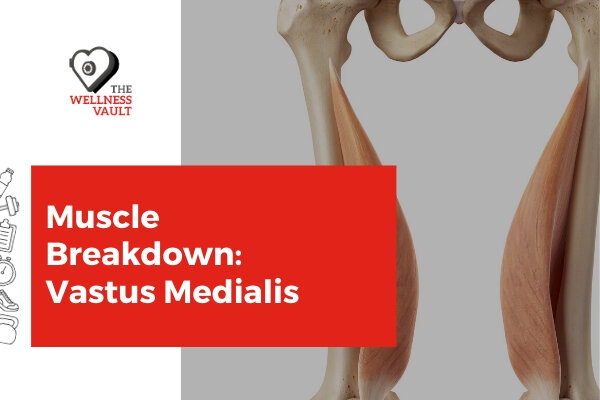
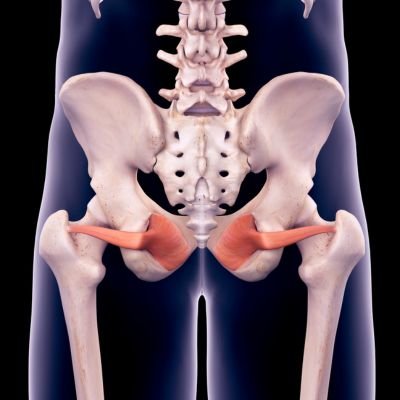

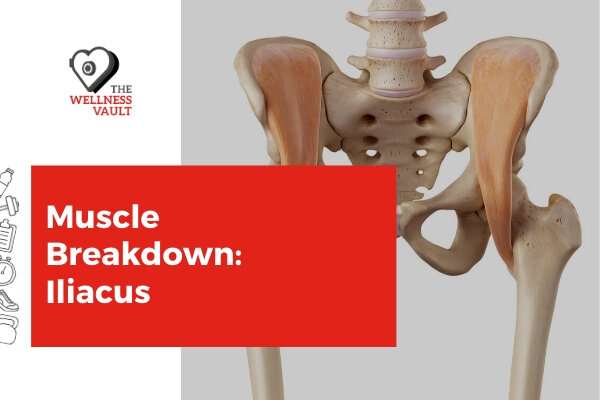
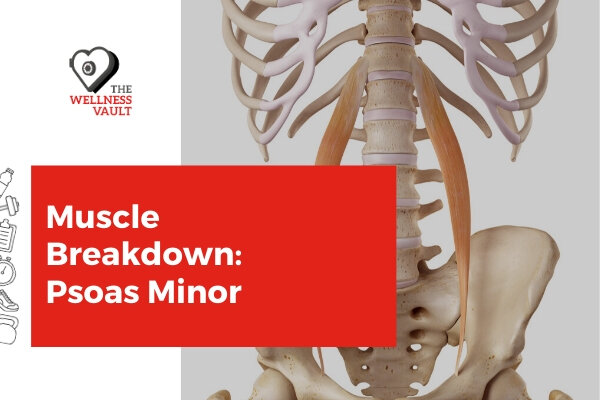

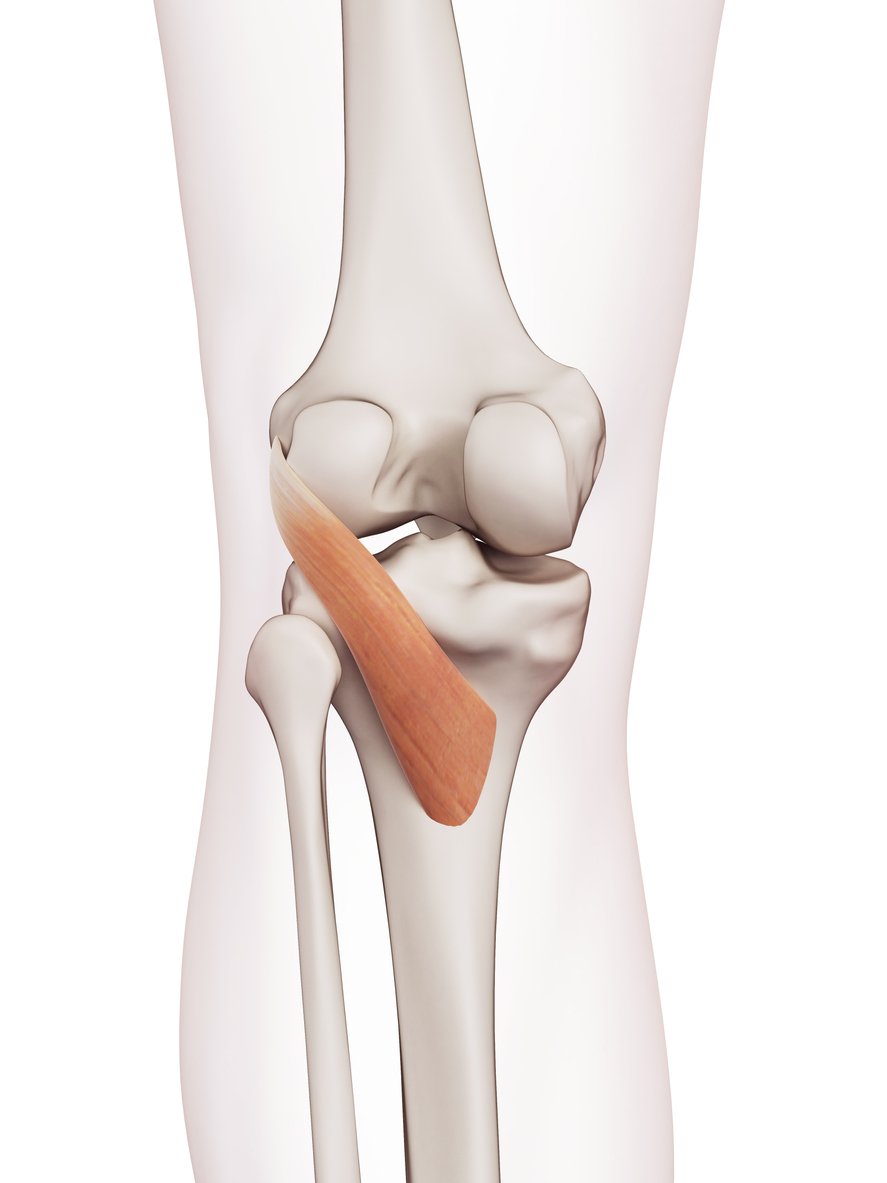
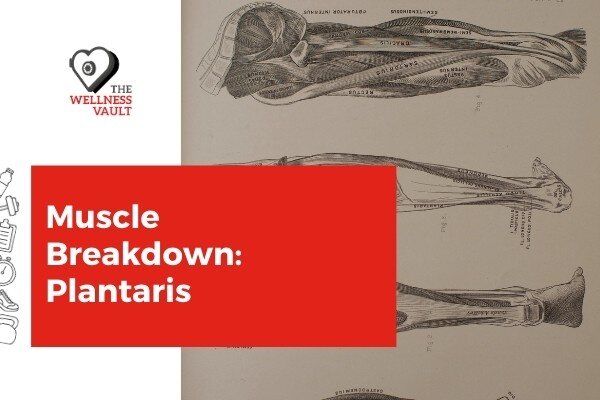
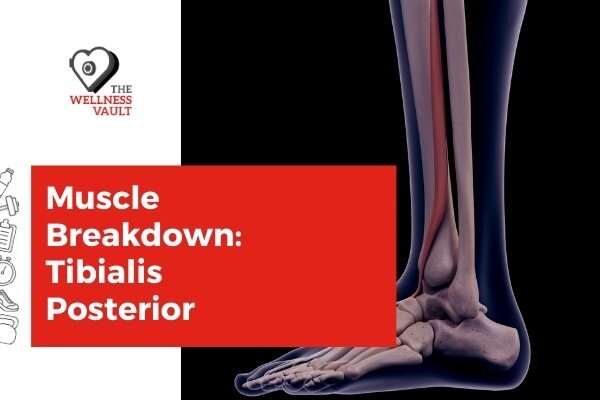
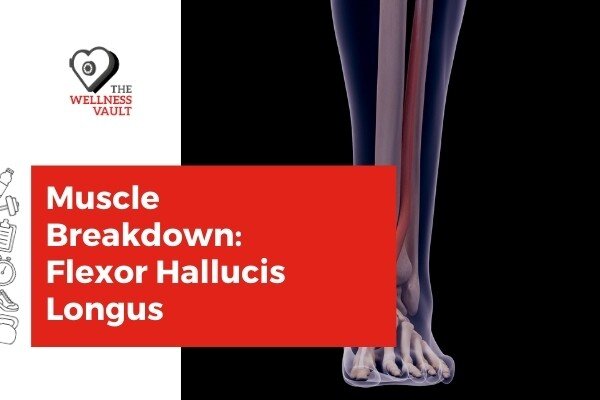
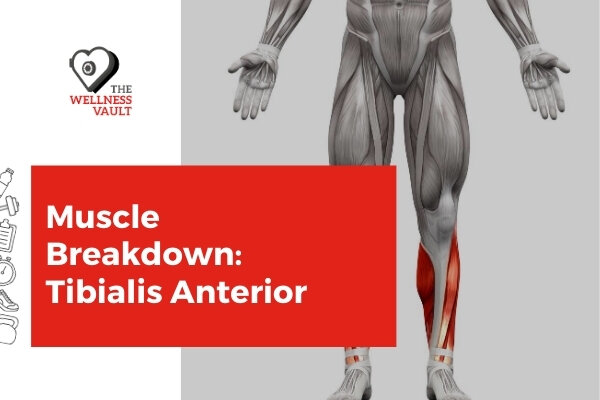
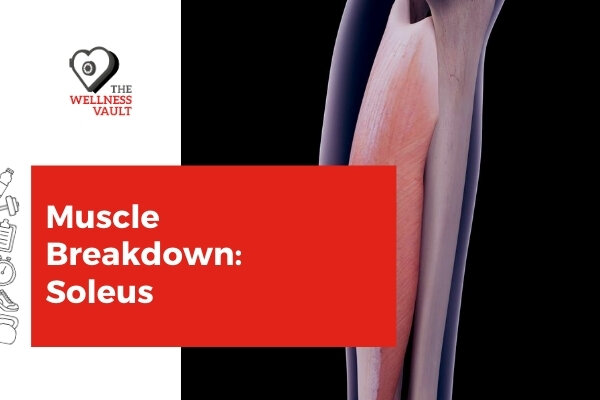
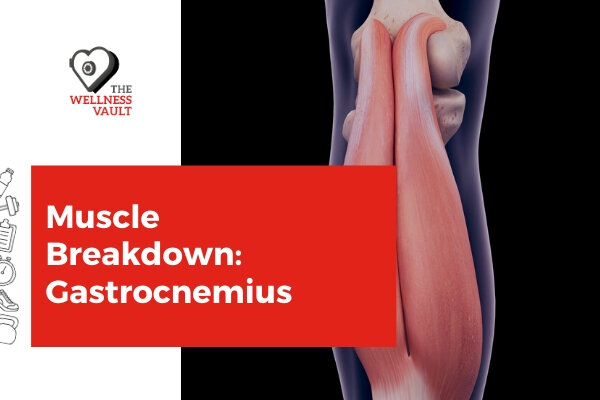
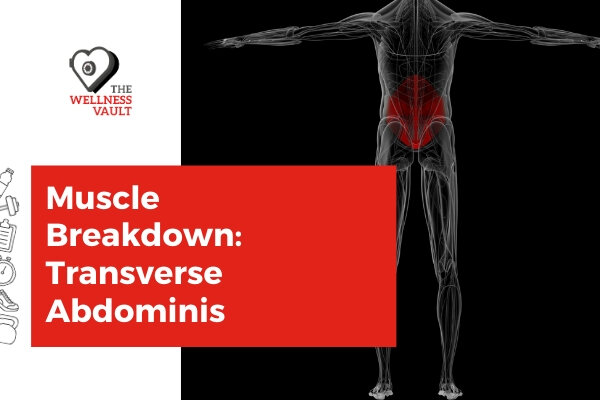
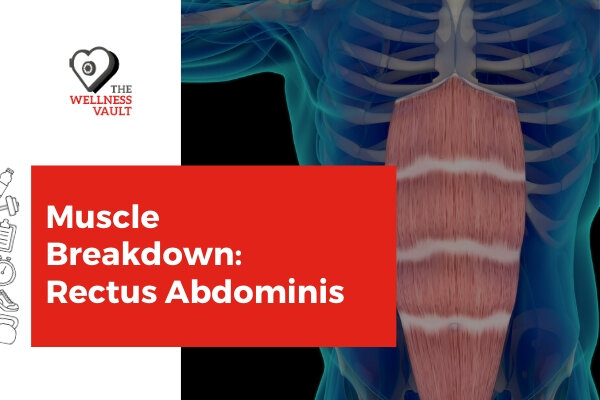
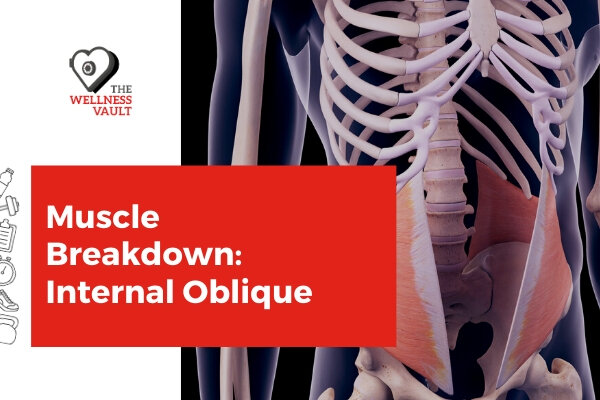

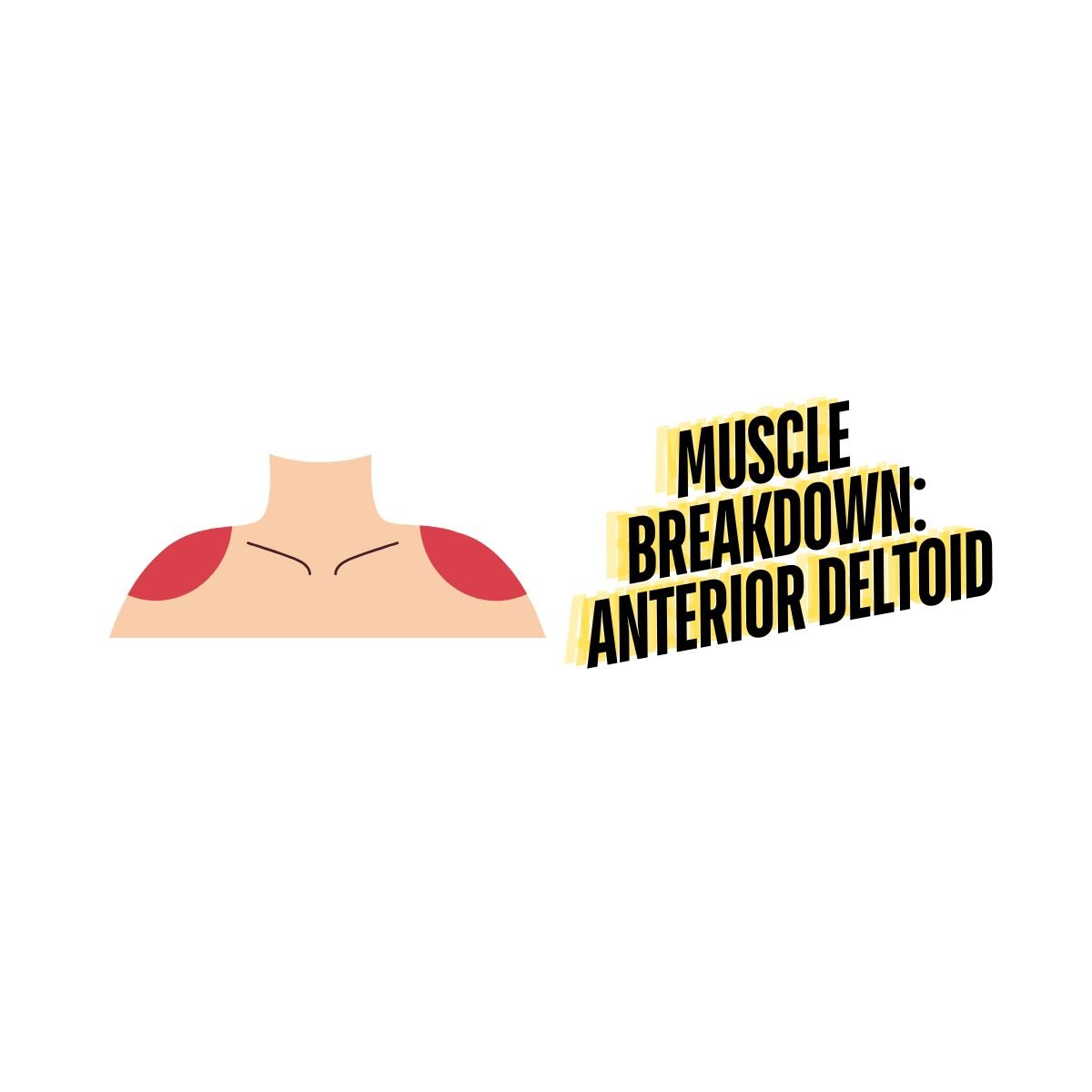


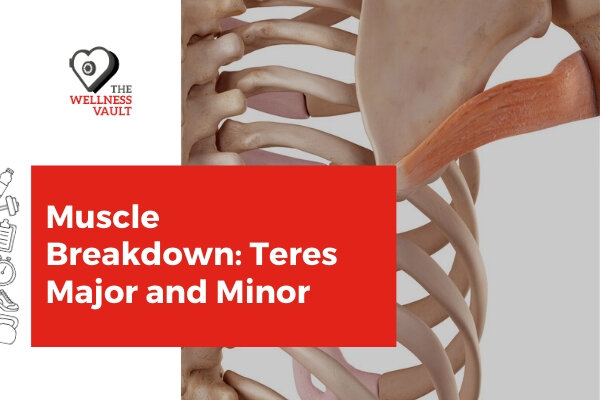
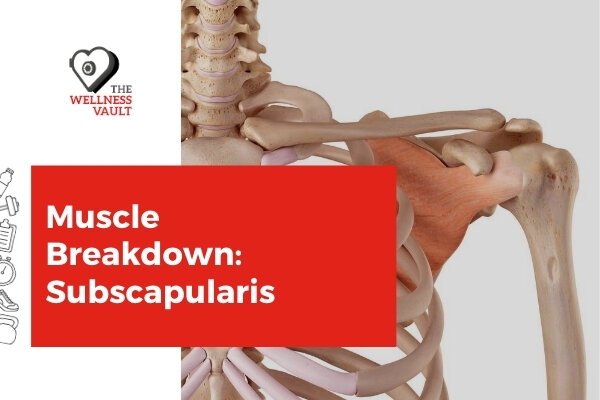
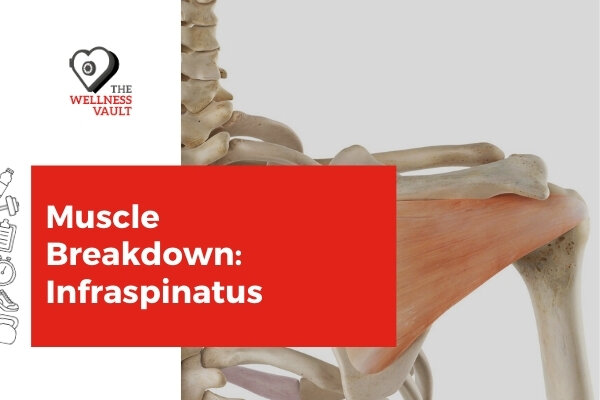
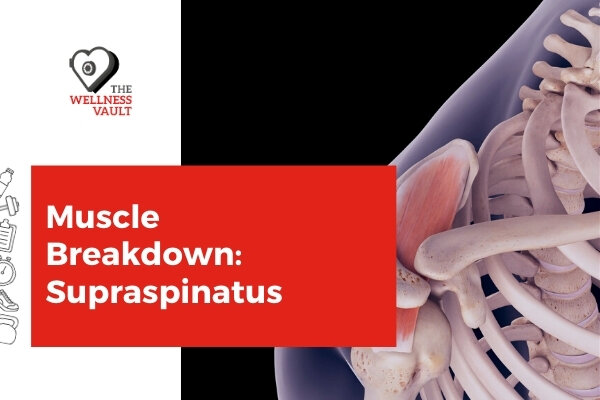

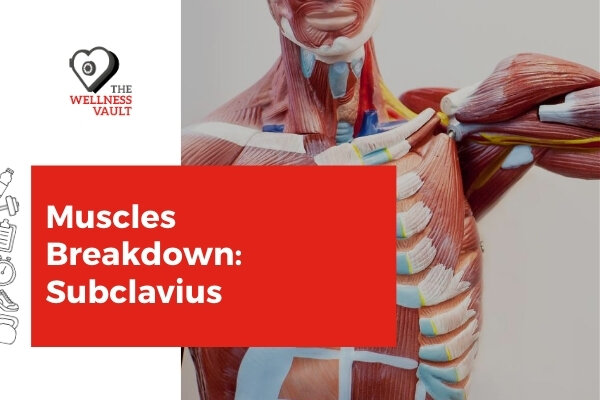


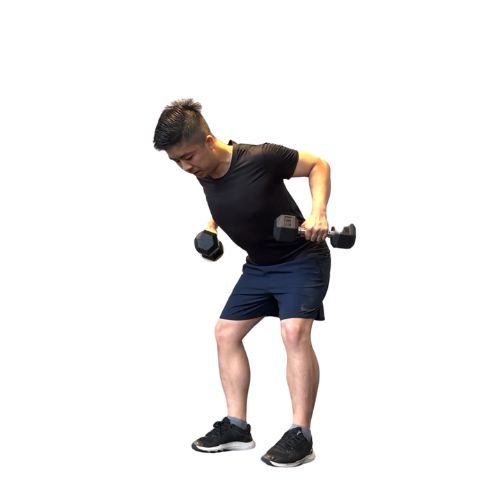


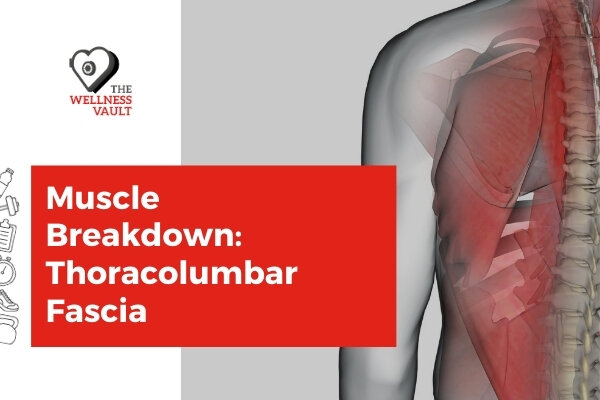
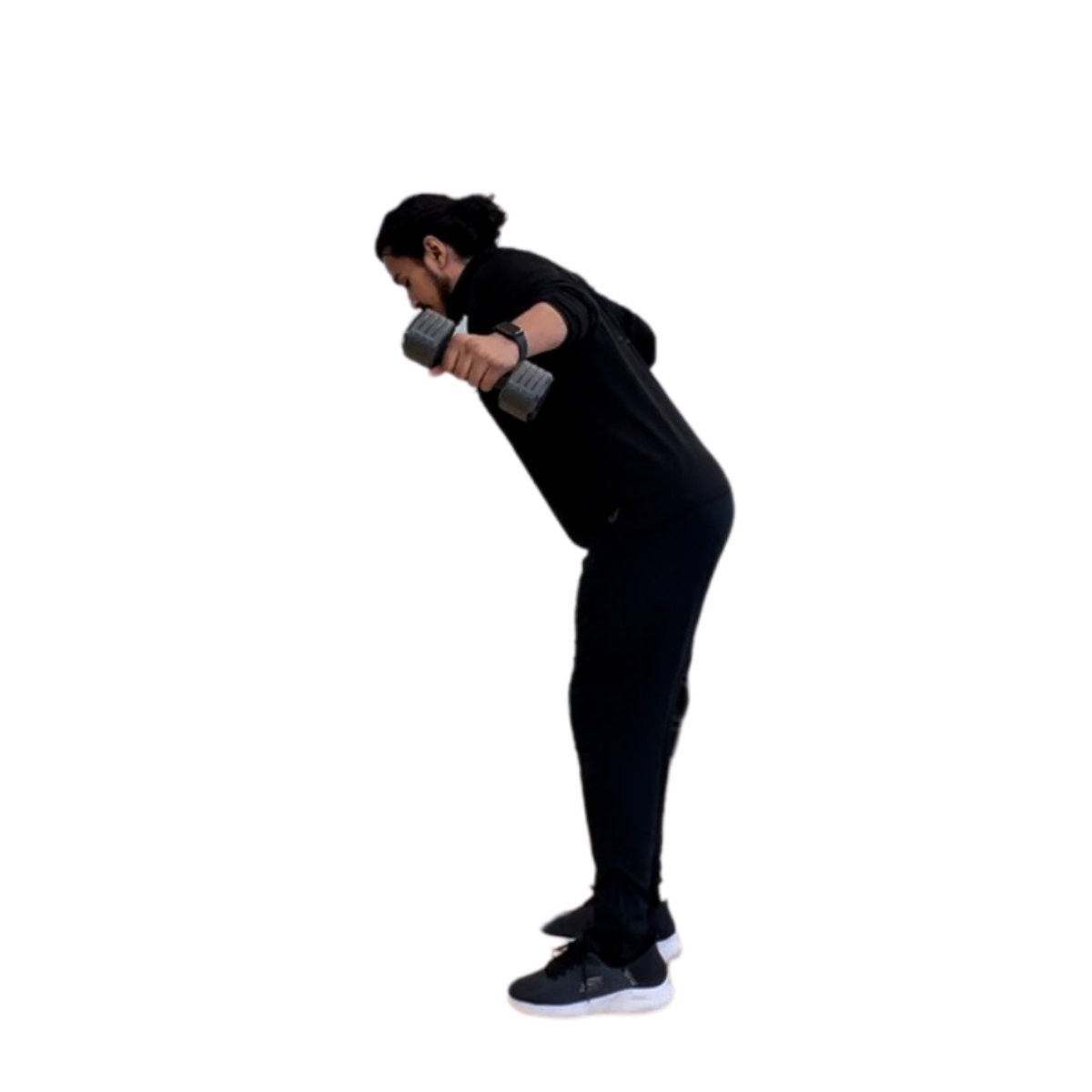
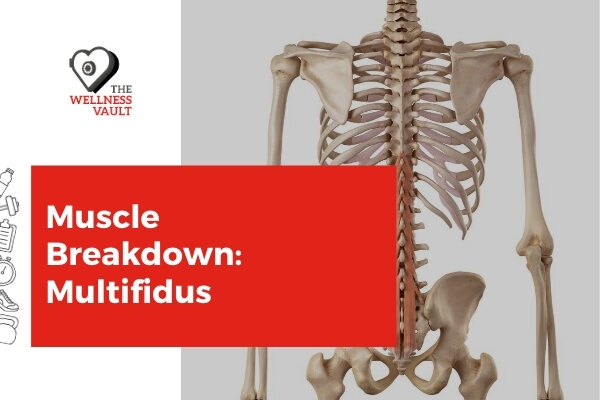
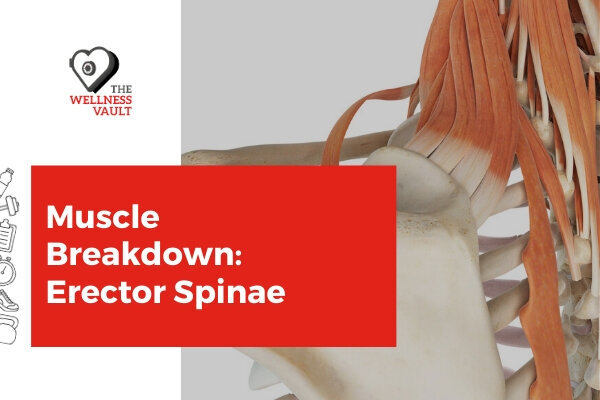
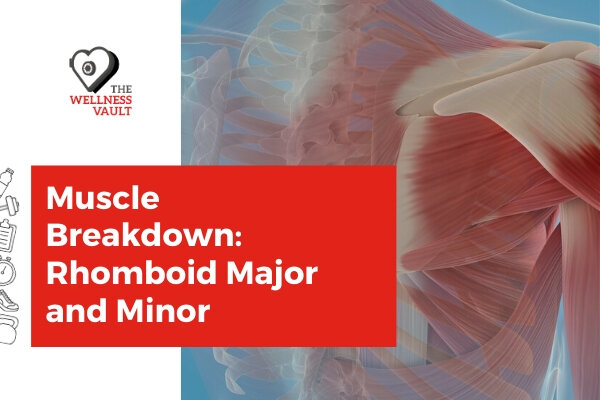

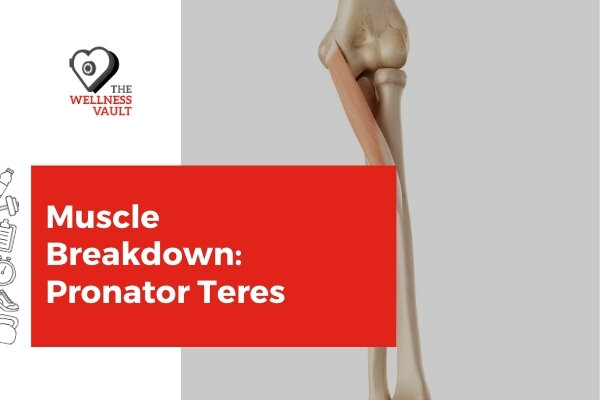
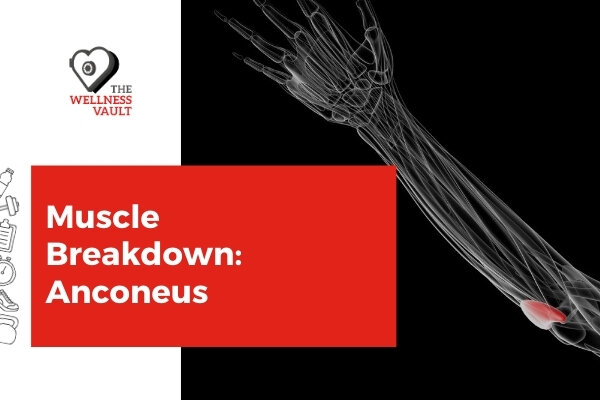
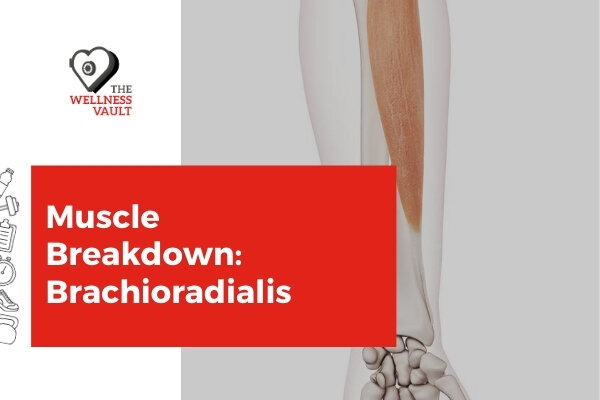
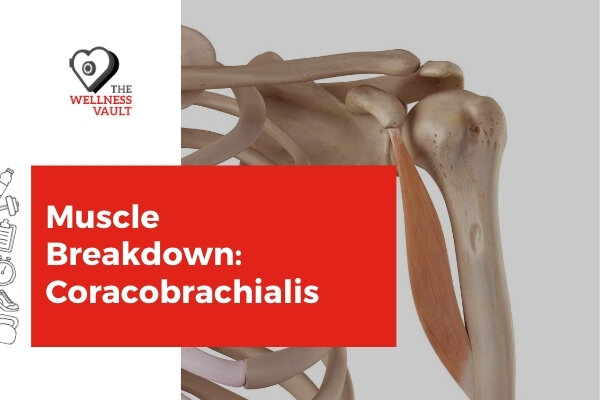
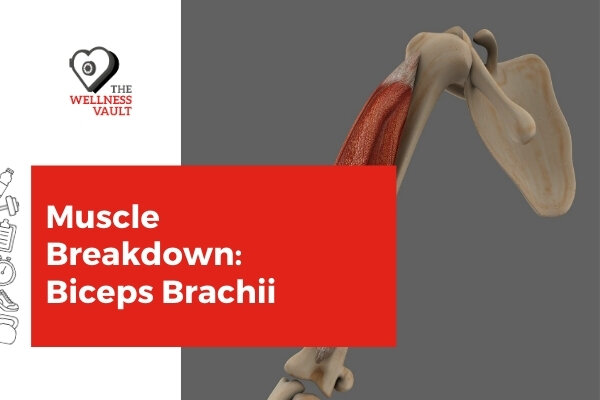
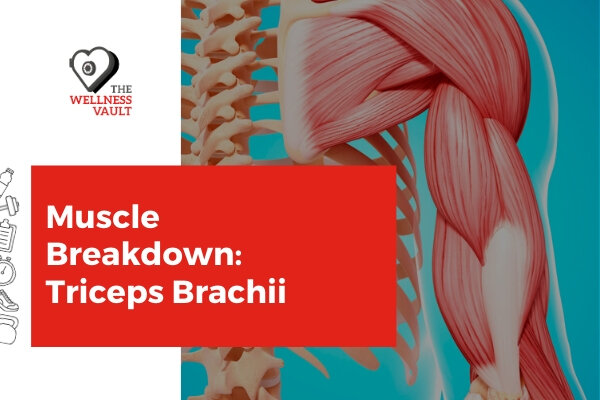


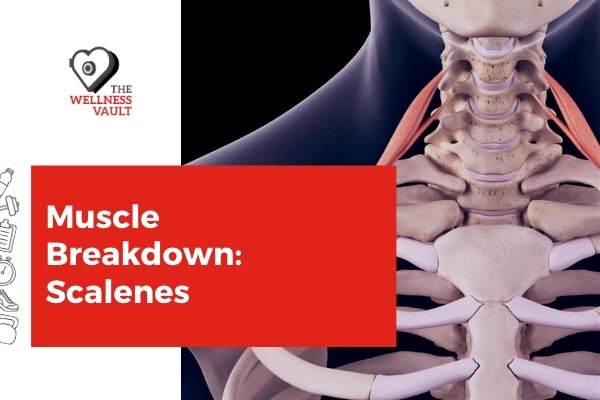
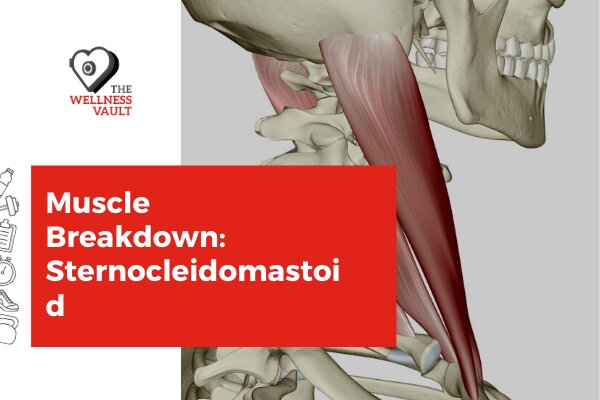
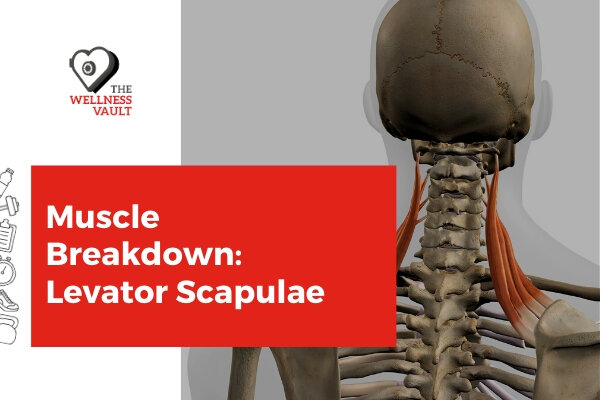
The Piriformis is a small muscle in the Gluteal region that helps to laterally rotate the leg. Learn more about this muscle including what Piriformis Syndrome is, and what you can do to reduce pain.